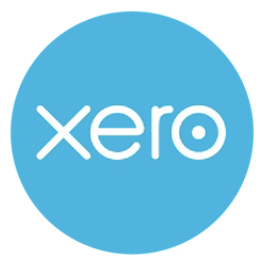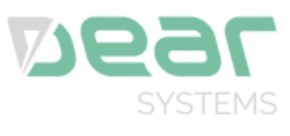This has been a month of new learnings and research for the Creative CFO systems team as we continue to explore various pieces of software to meet the needs of clients as well as our own. Follow us as we take you on a fixed asset walkthrough, harnessing all that DEAR has to offer and some scheduling software used by the likes of Amazon and MacDonald’s – home to the famous Big Mac.

1. Fixed Assets in Xero
Take-ons in an implementation
- Adding fixed assets
- Fixed assets may be added to Xero one-by-one or through CSV upload but before you do this you will need to specify some asset types
- The important inputs are purchase date, purchase price, asset type, opening book accumulated depreciation (being the accumulated depreciation at conversion date) and book value (being the carrying amount at conversion date)
- Asset types
- You can create these by navigating to the settings of the Fixed Asset section of Xero
- Asset types are used to link a fixed asset account, an accumulated depreciation account and a depreciation expense account
- Asset types also specify certain defaults, such as the depreciation method and the effective life of that asset class
Managing the FAR post implementation
- Adding new fixed assets
- Bills allocated to a fixed asset account (which is used in one of the asset types) will populate the FAR with a draft fixed asset
- A spent money (allocated straight from the bank rec screen to a fixed asset account) will populate the FAR with a draft fixed asset
- However, fixed assets may also be added manually, the important inputs follow the above and the depreciation start date should in most cases be the asset purchase date
- Running depreciation
- This is easy to do by clicking on the Run Depreciation button and the date range specified is malleable
- As a sanity check, after loading all fixed assets at conversion date, one can run the depreciation for March and check this against the Feb depreciation expense from the old system
- It is also very easy to roll back and redo depreciation so do not hesitate before running depreciation
Reconciling fixed assets to the balance sheet
- The Fixed Asset Reconciliation (New) Report
- This report shows the differences between what is in the FAR and what has actually been allocated to balance sheet accounts
- This fix asset register does not force inputs to match the balance sheet accounts so discrepancies may arise
- This includes differences in cost (from the bill vs what was specified in the FAR), and accumulated depreciation (from conversion balances vs what was specified in the FAR, as well as, accumulated depreciation arising from running depreciation in the FAR vs the journal effect of these depreciation runs)

2. DEAR Features
Lock periods
- Periods should also be locked in DEAR and not only Xero
- If one locks the periods in Xero only, clients can still process backdated transactions they will just not flow all the way through to Xero as they will be blocked by the DEAR-Xero sync
- The result of this is that when doing a DEAR vs Xero comparison, revenue and COGS may not match as backdated transactions processed in DEAR would not have entered Xero
- If one locks the periods in Xero and DEAR then clients will not be able to process backdated transactions in DEAR and the two systems will remain in line
- To lock the periods in DEAR, navigate to Settings, General Settings and scroll down to Period Lock Date
B2B
The DEAR B2B portal setup is available under the integration options in DEAR
- We have done more of these B2B setups for clients of late
- The portal is geared towards regular wholesale customers and it works excellently as it is quick and easy to give an existing DEAR contact portal access
- Customers are able to log in and place orders (whilst viewing their own personal pricing) meaning that what the customer sees in the portal depends on their login
- Customers are also able to track their orders and view the current stage of processing, as well as, access their invoices

3. Deputy Scheduling
The systems team is currently working on the implementation of this software for a new client. It is a brilliant piece of software where users can not only create schedules for their staff, but staff can also track time from a mobile app. Recorded data can then be imported into SimplePay and payroll can be run based on the Deputy hours. We will do a full review of this software in next month’s newsletter (post-implementation).
If you have any questions related to the above or feel like you may benefit from any of the mentioned features, please book a session with the systems team here
Jason Proctor (Creative CFO – Systems Team)
